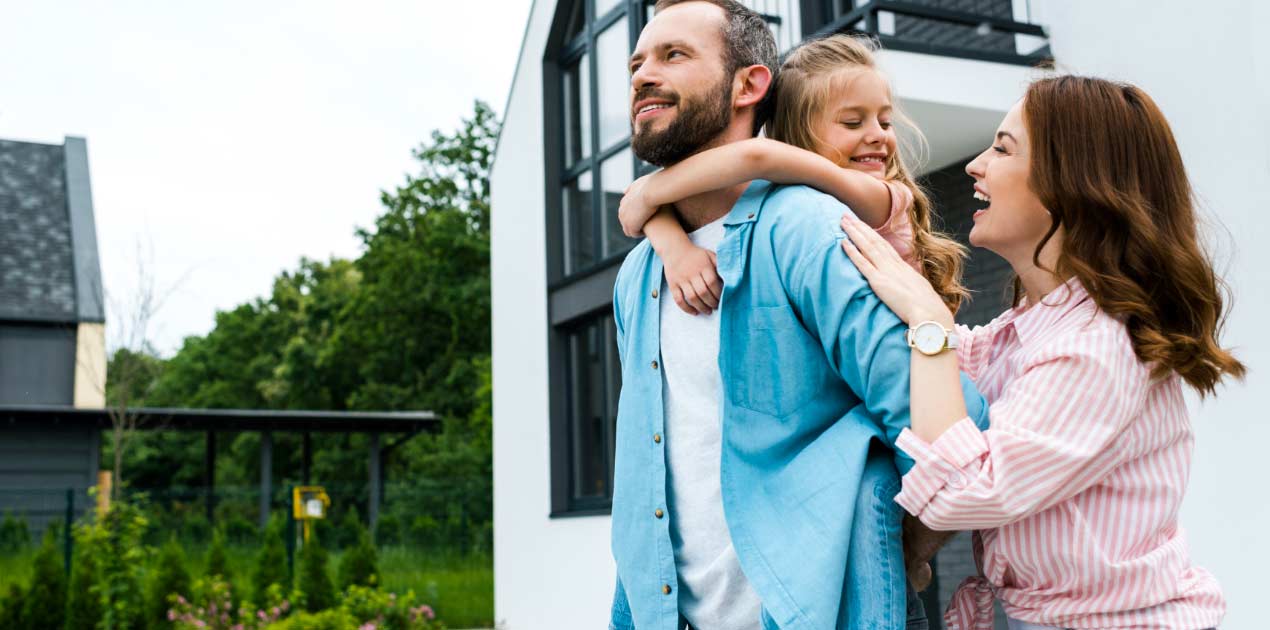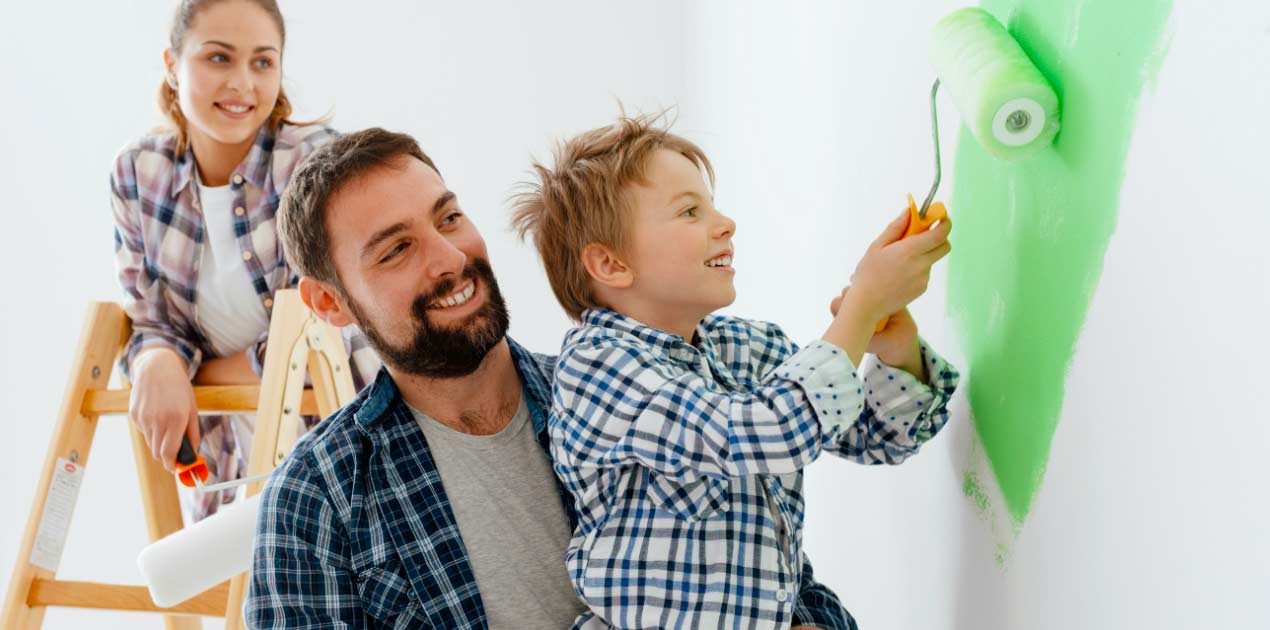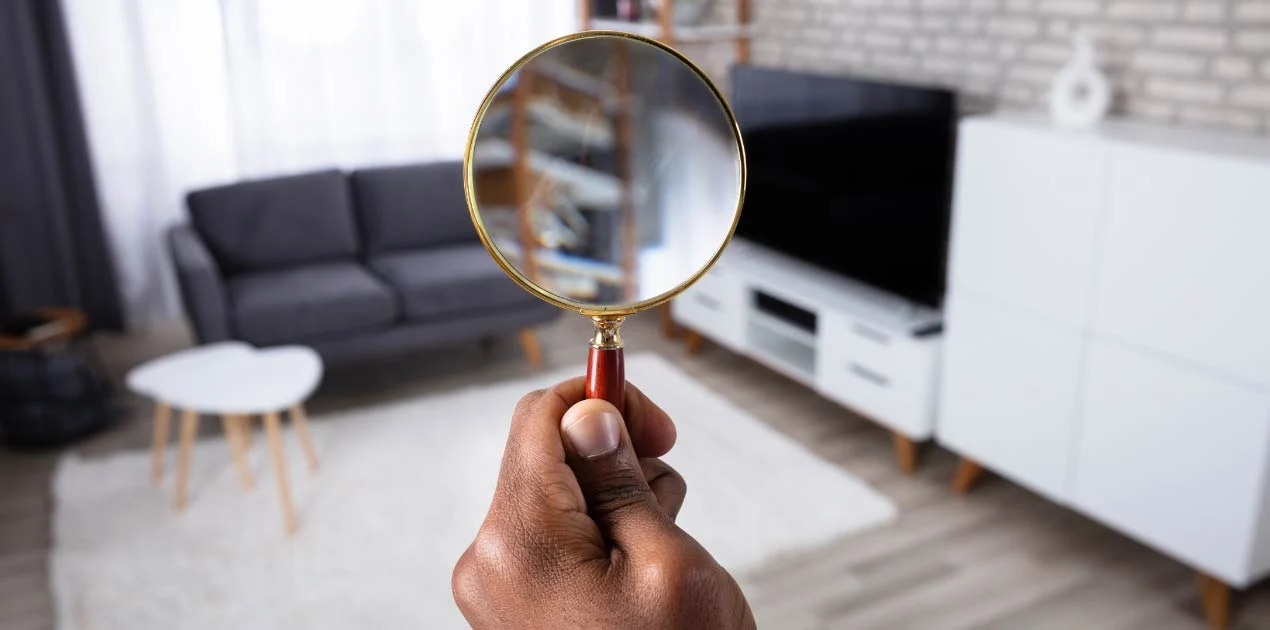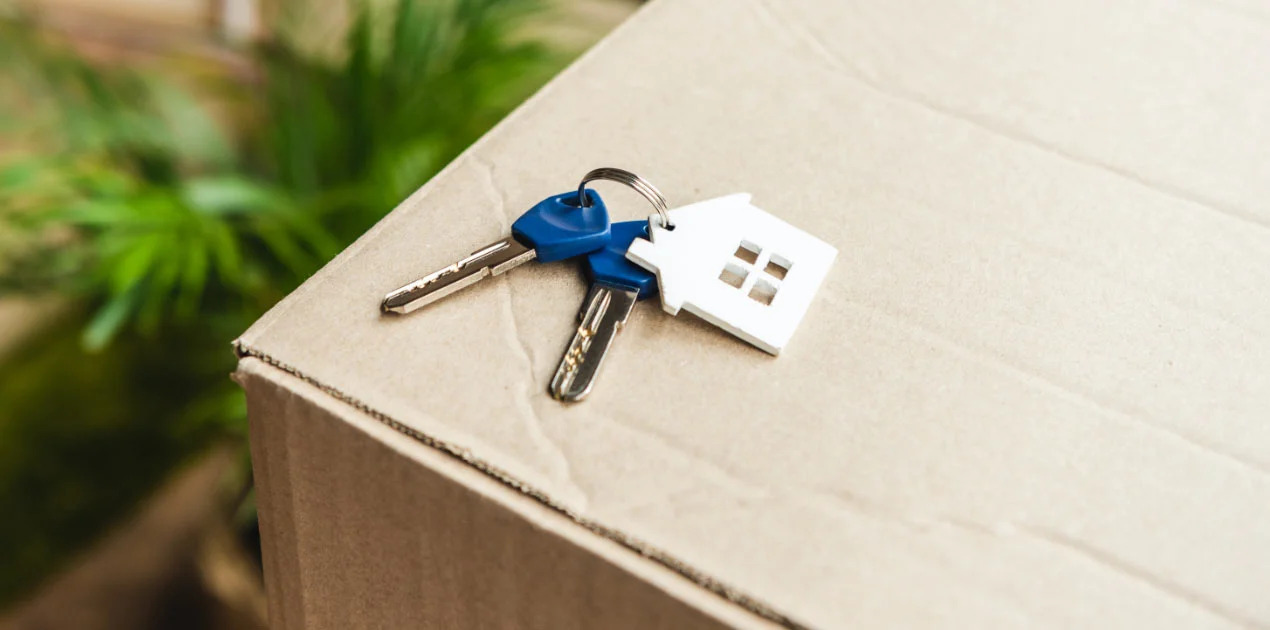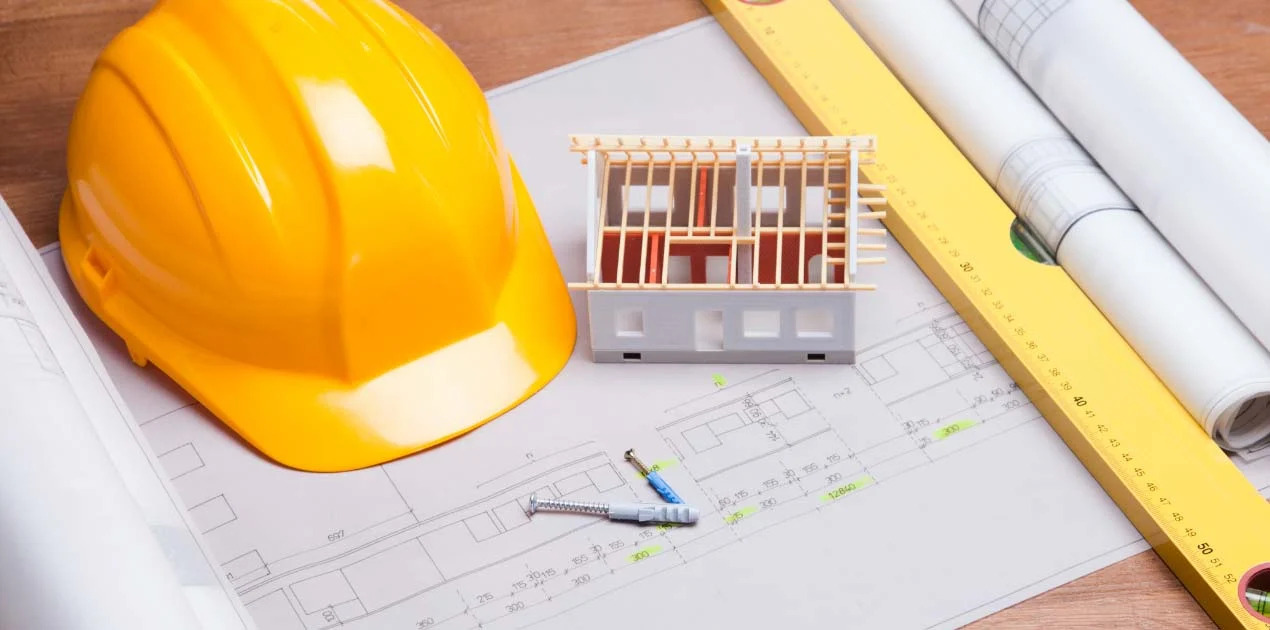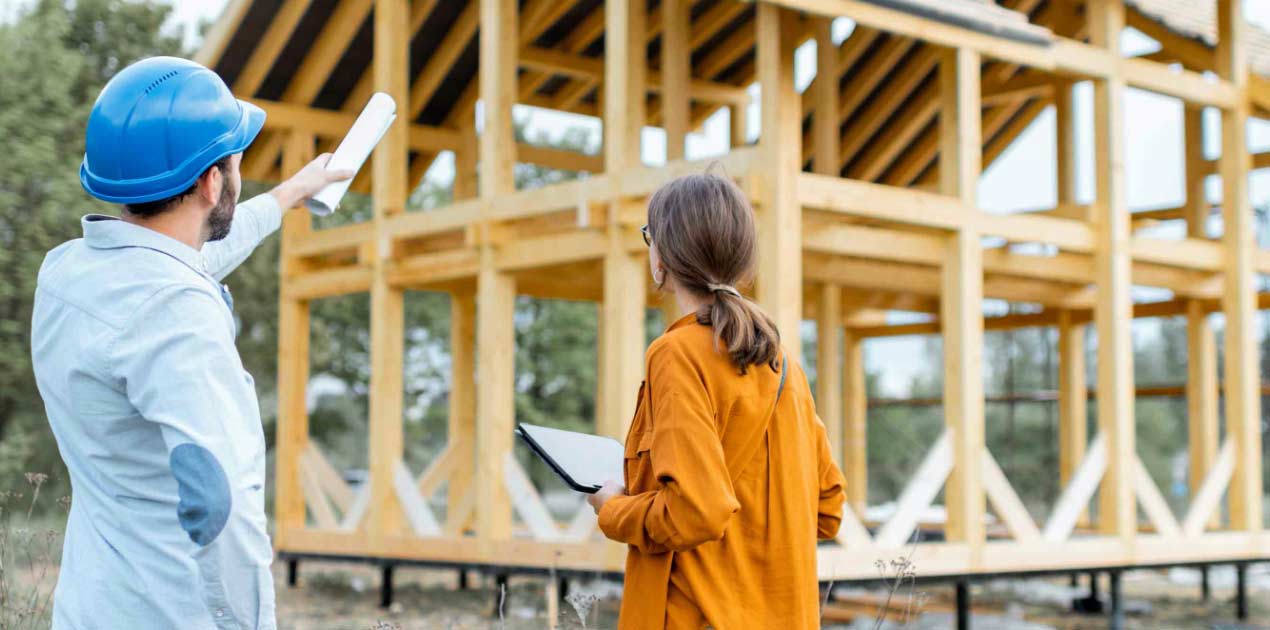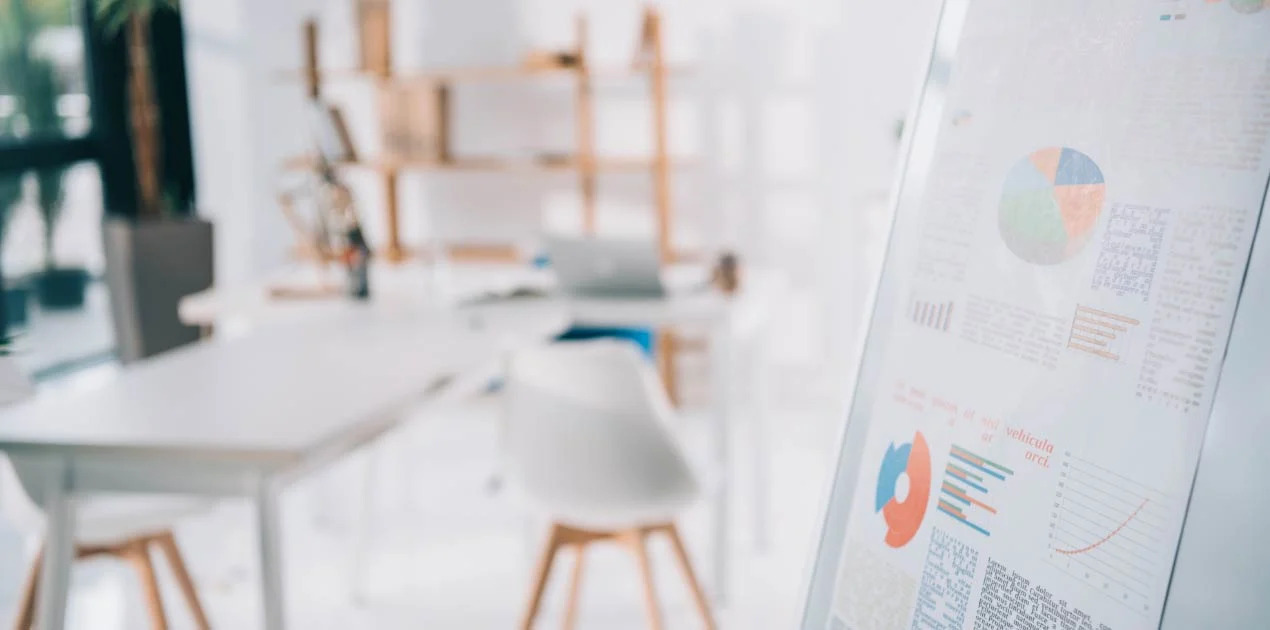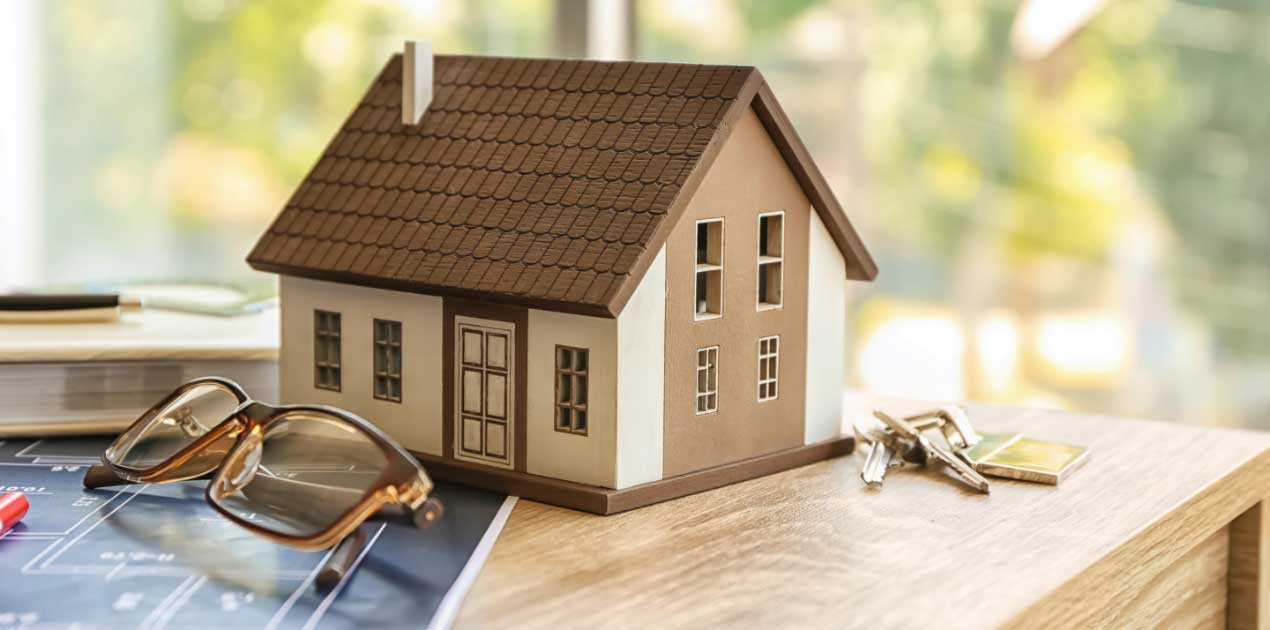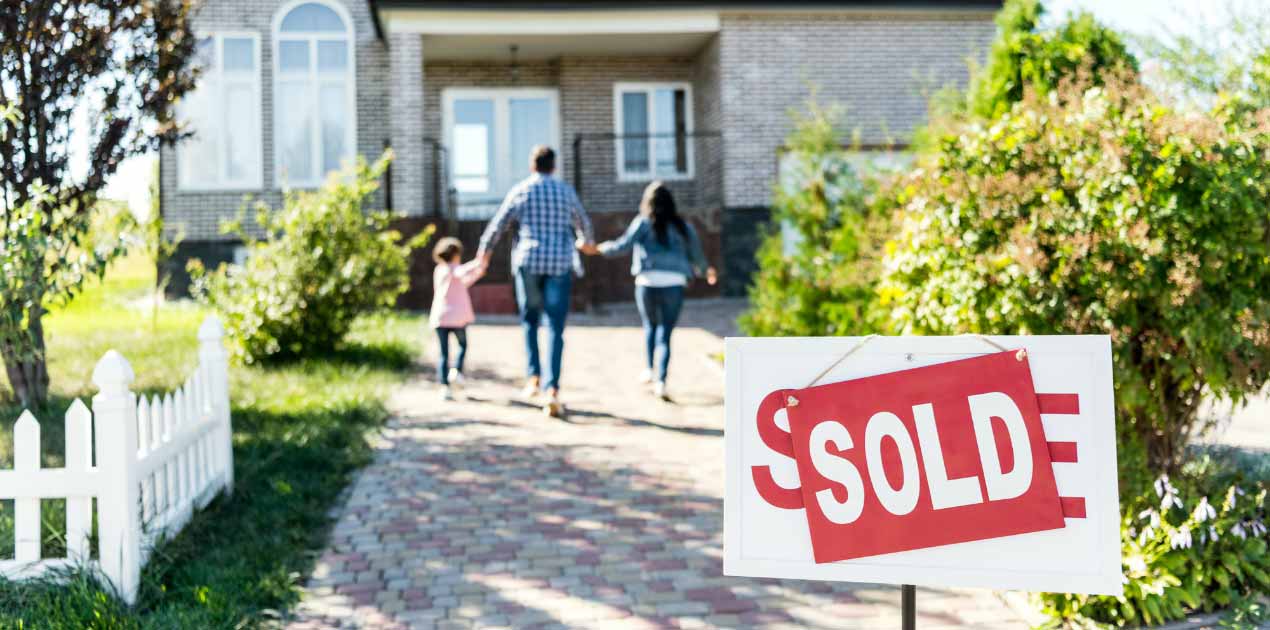Please use the menu below to navigate to any article section:
Melbourne’s property market did not experience a sharp recovery in prices that we saw in other cities such as Sydney and Brisbane, but it also did not see as large a decline in property values in 2022 that many other cities experienced.
What’s clear is that Melbourne’s housing market is running a different course than the rest of the nation, continuing a run of weakness with values down 0.2% in August, the fifth consecutive month-on-month decline.
Today the median property price for a house in Melbourne is $929,715, which is down 1.5% quarter-on-quarter and down 1.1% up over the past 12 months.
Meanwhile, unit prices sit at around $610,652, down 0.5% over the quarter and down 0.9% over the past 12 months.
But what’s important to note is that there are several markets within markets in Melbourne.
The weakest conditions are evident across the top end of Melbourne’s property market where home values fell 1.7% over the past three months, to be 1.1% lower over the year.
The lower end of the market is showing some resilience with values up 0.2% over the rolling quarter and 1.8% higher over the year.
Maybe you’re selling a Melbourne property soon and want to know where it stacks up against the most exclusive, or you’re just curious to know where the most affluent neighbourhoods are.
These are the suburbs with the highest median house prices in Melbourne, using data from Domain and realestate.com.au.
1. Toorak – $4.85m
Toorak, one of Melbourne’s most exclusive and affluent suburbs, has long been a front-runner for property prices, so it’s no surprise to see it at the top of the list yet again.
Toorak is located about 5km south-east of the CBD and has a range of luxury properties on offer.
The median house price currently sits at a whopping $4.85 million, although this is a significant 14.5% drop over the past year.
Rent for houses costs an average of $1,500 per week while units go for around $595.
The price of units in Toorak has been a little more stable, at a median of $950,000 having declined 2.8% over the year.
2. East Melbourne – $3.75m
East Melbourne, only 2km from the CBD, is an affluent suburb that gives you the convenience of city living with the added bonus of parks and greenery.
You’ll find some of Melbourne’s oldest apartments and grand Victorian terraces.
The median house price is about $3.75 million and renting a house comes in at a whopping average of $1,200 a week.
Units, slightly more affordable, have a median price of $699,999 and an average rent of $580 a week.
2. Kooyong – $3.68m

Kooyong is a small suburb about 7km southeast of the CBD, filled with apartments, parklands, ovals, and fields.
The median house price in Kooyong has fallen -6.3% to $3.68 million with an average rent of $1,425 a week.
Units sit at a median of $1.18 million and would cost you about $665 a week in rent, more expensive than nearly every other suburb on this list.
4. Canterbury – $3.2m
Canterbury, located in between Balwyn and Camberwell, offers historic residences and Melbourne’s oldest schools.
Houses come in at a median of $3.2 million and units come in at a median of $953,000.
Renting doesn’t come cheap either with an average of $ 1,165 a week for houses and $600 a week for units.
5. Brighton – $3.1m
The fifth-most expensive suburb in Melbourne, Brighton, is situated 11km away from the CBD.
The area is known for its beaches and luxury real estate from the Victorian and Georgian eras.
The median house price is currently $3.10 million with an average weekly rent of $1,43 per week.
The median unit price is about $1.23 million and rent will cost you an average of $700 a week.
6. Balwyn – $2.98m
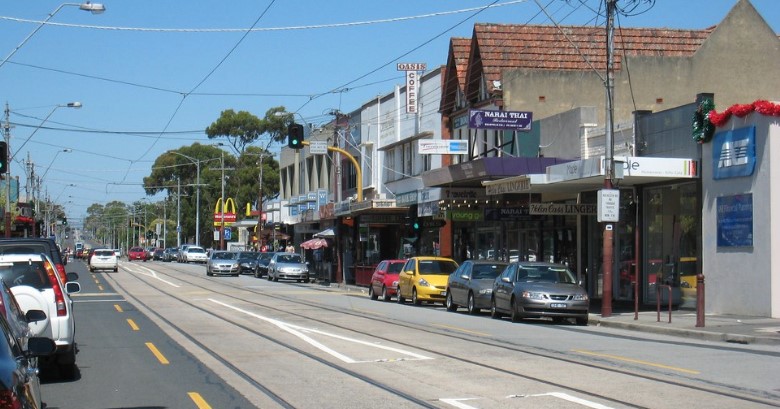
Balwyn is home to many refined mansions, lush gardens, and cafes.
With a median unit price of $982,000 and average rent of $595 a week, they’re one of the more affordable on the list.
Houses, however, come in at a median of $2.98 million and would cost you about $950 a week if you were renting.
7. Kew – $2.6m
Kew, only 5 to 6km east of the city, is another suburb that has easy access to the CBD with its tramline.
The Victorian and Edwardian homes are owned by couples and older families.
The price to buy a home is about the same as in Camberwell, $2.6 million for a house and $771,000 for a unit.
Renting is a little more expensive though, $995 a week for houses and $580 for units.
8. Camberwell – $2.7m
Not so far from Balwyn is Camberwell, which is the tenth most expensive suburb in Melbourne, and is located about 10km east of the CBD.
It offers its long shopping strip and easy access to the city via tram, making it perfect for young families.
Despite median house and unit prices falling over the past year, they still sit at a hefty $2.70 million for houses and $914,000 for units.
Despite median house and unit prices falling over the past year, they still sit at a hefty $2.70 million for houses and $914,000 for units.
9. Middle Park – $2.8m
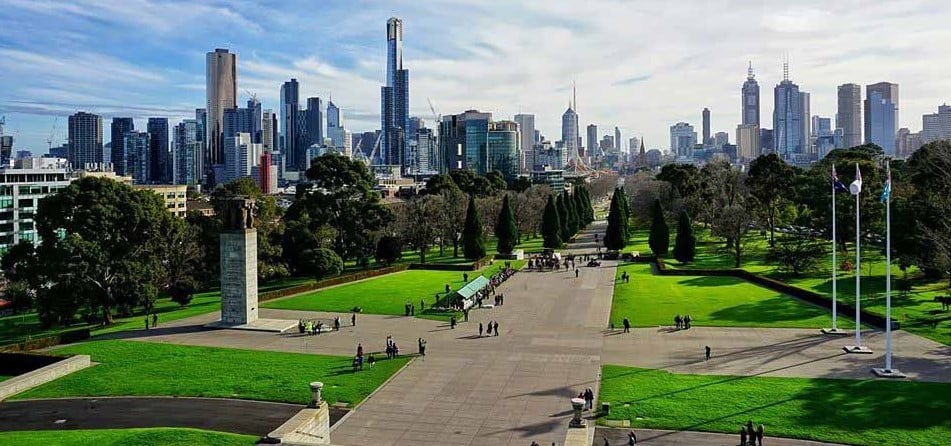
Middle Park is an inner bayside suburb that’s located right outside of the CBD, about 3km away.
There have been development restrictions in the area, driving up the cost of the property.
Houses in Middle Park have jumped 12.7% to a new median of $2.80 million, putting it in joint-9th place with Malvern.
Units in the area have dropped to an affordable median of $710,000.
The average rent for houses is about $950 a week and $582 for units.
10. Malvern – $2.8m
Malvern, situated about 10km southeast of the city, has house prices similar to those in Middle Park, putting it in joint-9th place.
The median house price is $2.80 million whereas the median unit price is $671,000.
Renting will cost you around $1,100 a week for houses and $525 a week for units.
Malvern has lots of greenery, open spaces, boutique shopping, and Victorian mansions.
How much more could Melbourne home prices rise?
Melbourne really is a tale of two cities – while some properties have over-performed, others have underperformed.
Overall the city’s property market has not performed as strongly as some other capitals over the last year, but Melbourne’s property values are expected to play catch up over the next year or two.
After all, the expert consensus is that solid population growth and tight supply will continue to push property prices upwards as we move through this next stage of the property cycle.
And that is even in the face of the Reserve Bank continually hiking interest rates in order to get on top of Australia’s soaring inflation levels.
While Melbourne’s property market has lagged Sydney and Brisbane, there are clear indicators that it will continue on its upward trajectory.
Some recent expert forecasts expect property prices to rise as much as 5.5% over the next year.
In my mind, well-located Melbourne homes and units have underlying inherent equity as they could not be replaced at current market values, suggesting that those who buy properties today will receive a “free kick” as property values catch up.
Property investors are slowly returning to the Melbourne market and when interest rates fall home buyers will be spurred on.
At the same time, Melbourne’s rents are likely to continue to skyrocket due to a shortage of rental houses and apartments.

